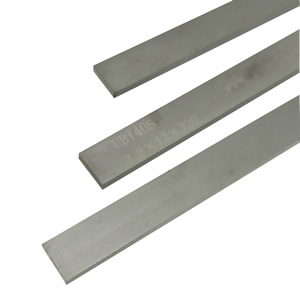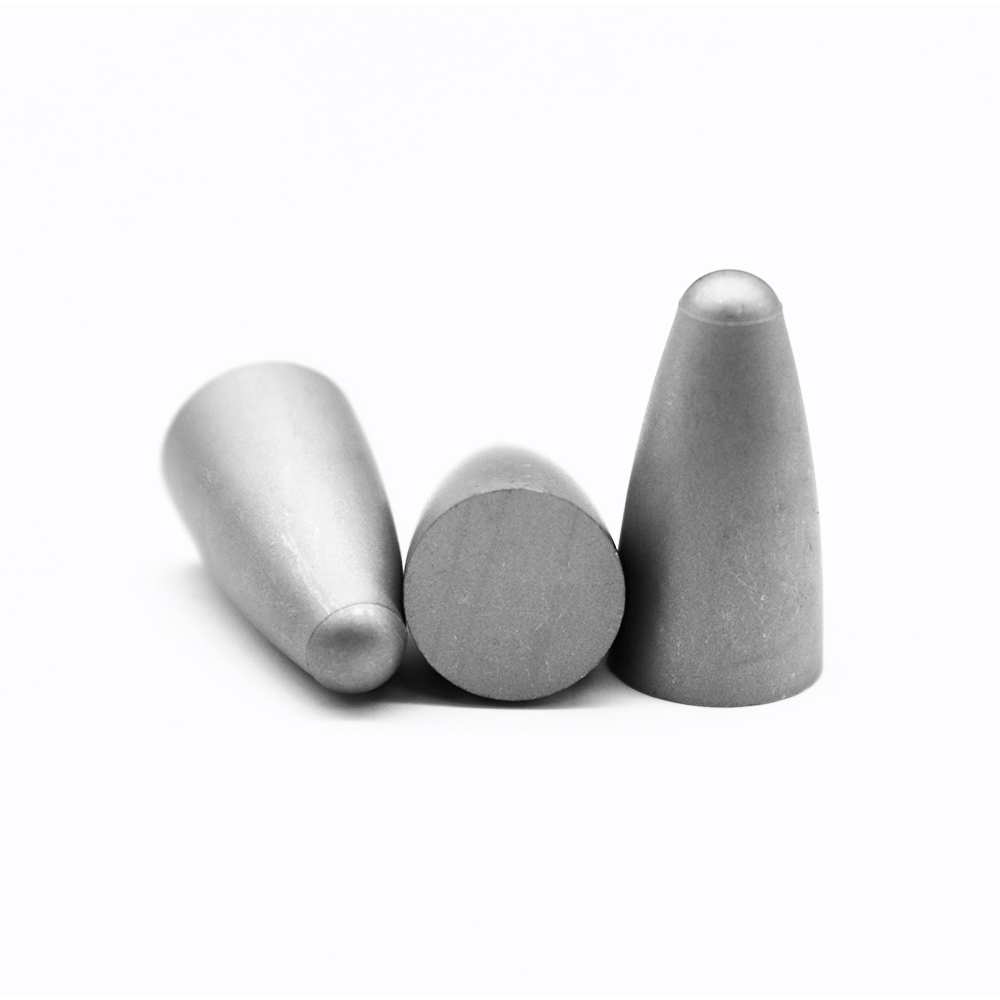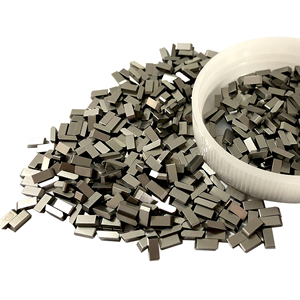Durable Carbide Carving Blades, Increases Efficiency

Durable Carbide Carving Blades, Increases Efficiency
Cemented carbide refers to a sintered composite material composed of at least one metal carbide. Tungsten carbide, cobalt carbide, niobium carbide, titanium carbide, and tantalum carbide are common components of tungsten steel. The grain size of the carbide component (or phase) is typically between 0.2-10 microns, and the carbide grains are held together using a metallic binder. The binder usually refers to the metal cobalt (Co), but for some special applications, nickel (Ni), iron (Fe), or other metals and alloys can also be used.
In the seal carving industry, whether the carving knife is sharp or not will have a great impact on the seal carving work of the industry. As we all know, if a worker wants to do something good, he must first sharpen his tools.
The carving knife needs to be sharpened after a period of time to make it sharp. This is a very labor-intensive thing. The cheap carving knife is used, and if it is not sharp, it may be thrown away, but the good carving knife is reluctant to throw it. I believe you have learned a lot about knife sharpening skills, but you can't handle the uneven material levels of the knife itself. Sometimes no matter how good the skills are, you can't sharpen an inherently insufficient knife. If you change your thinking, starting from the material, you can directly use a more wear-resistant tungsten steel carving knife, which will last longer and have more advantages:
1.Carbide carving knife, sharp and durable, not easy to dull, suitable for wood carving, stone carving, seal carving, and widely used.
2.The hardness of cemented carbide can reach 89-95HRC, which is not easy to wear, hard and not annealed, wear-resistant and not easy to chip, and has the reputation of not sharpening!
If you are in carving industry, why not to try a carbide carving knife as your good tools ?






















